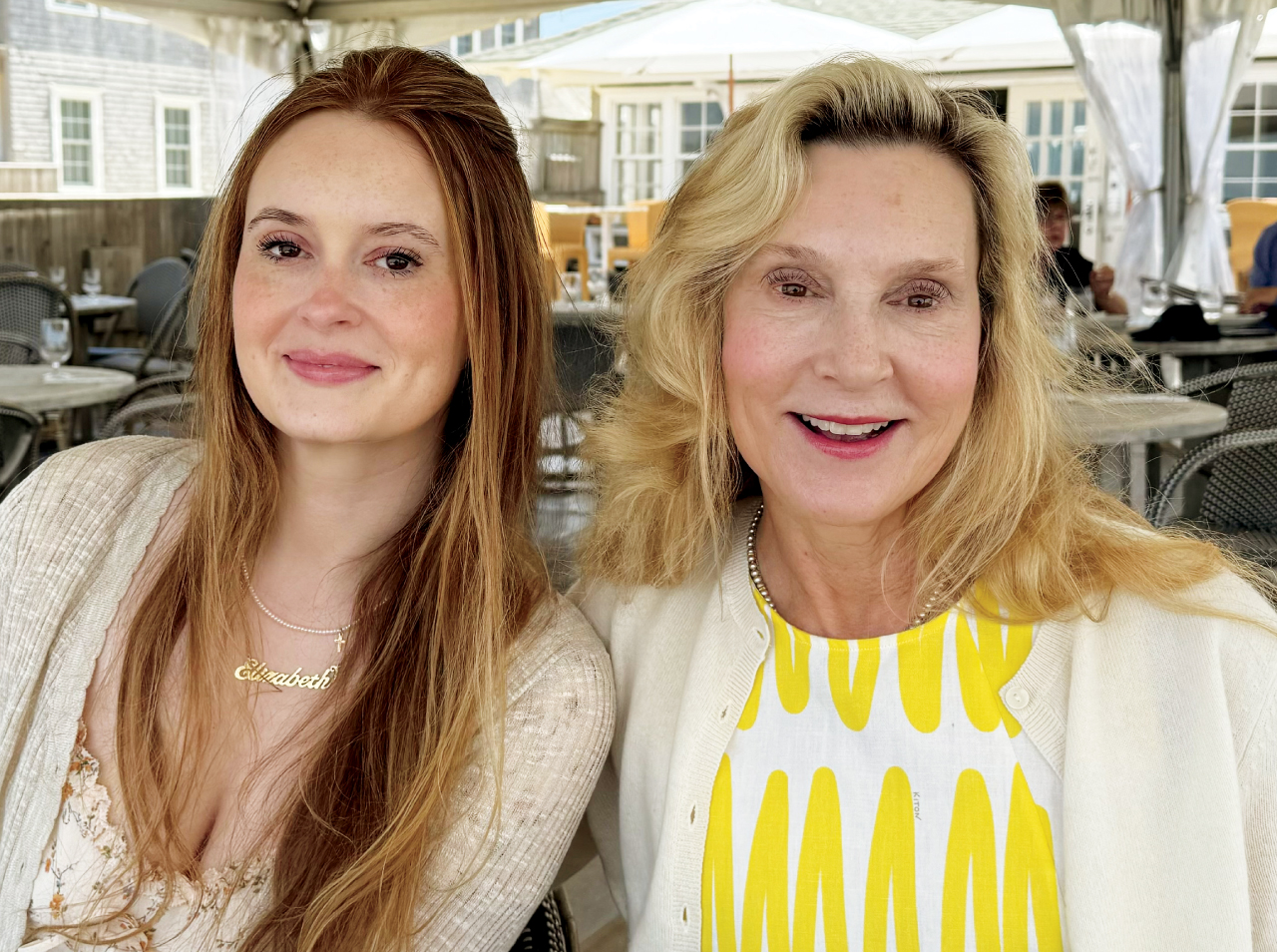$1 million gift expands multiple sclerosis research

Grateful for her daughter’s transformative care, Paula Kremer made a $1 million gift to accelerate multiple sclerosis (MS) research at the Brigham. It was six years ago when Paula’s daughter, Elizabeth, suddenly felt the right side of her body go numb after an exercise class. The 27-year-old had an MRI scan, followed by a visit with Brigham neurologist Jonathan Zurawski, MD, who diagnosed her with MS, a disease of the central nervous system that causes impaired mobility and vision.
“Dr. Z intervened early, and I have complete faith in him,” says Paula, crediting Elizabeth’s stable health over the years to his tailored medication plan.
Dr. Z and his team share a commitment to improve care and ultimately find a cure. This is his life’s work.
With her gift, Paula is building on the philanthropic fund named for her daughter in 2021 and supporting Zurawski’s investigations through the Brigham’s Ann Romney Center for Neurologic Diseases. She says, “The imaging research he is leading is exciting because it will help identify and treat MS earlier for more people and improve their quality of life.”
Support our work
Make a gift to support medical innovation, training, and breakthroughs.
Donate now
Zurawski explains, “A gift of this magnitude allows us to expand our investigations, foster national and global collaborations, and leverage the 7Tesla MRI to better understand MS immunology and seek new therapeutic targets. We’re so grateful to Paula and her family for supporting this groundbreaking clinical-translational research.”
The Brigham regularly uses the 7T MRI in routine care to scan patients with MS, which has created the world’s largest clinical dataset of high-resolution MRI images related to the condition.
With this data—much more detailed than standard MRI—Zurawski’s team is making findings about inflammation, seeking new biomarkers, and developing ways to assess disease activity. They are also using the 7T in clinical trials of investigational therapies.
Zurawski says, “I treat each encounter with a patient as an opportunity to help the person and learn something that might spark a research question. The neurology field attracts problem-solvers and optimists, and I’m optimistic about the future of MS care.”
This enthusiasm gives Paula immense hope. “Dr. Z and his team share a commitment to improve care and ultimately find a cure,” she says. “This is his life’s work.”